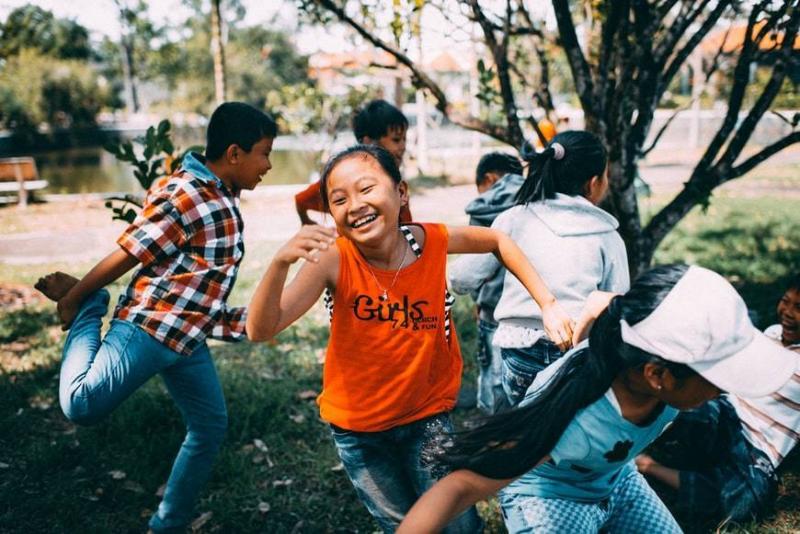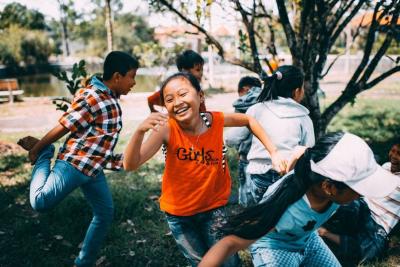A new report on education during the pandemic stated that while almost all countries provided remote learning opportunities for students, the quality of these initiatives and their reach remained uneven, which will cost the current generation about $17 trillion in lifetime earnings. The report titled "The Global Education Crisis: A Path to Recovery," issued by the World Bank, UNESCO, and UNICEF, reveals the magnitude of the education crisis. It indicates that the current generation of students is now at risk of losing $17 trillion in lifetime earnings, or about 14% of the world's GDP, based on the current value of the dollar, due to school closures caused by the COVID-19 pandemic.
The report showed that the percentage of children living in educational poverty in low-income and middle-income countries was 53% before the pandemic and could rise to 70% because of school closures. According to Jaime Saavedra, Global Director of Education at the World Bank, "The COVID-19 crisis has disrupted education systems worldwide. Now, after 21 months, schools are still closed for millions of children, and some children may never return to school. The potential increase in educational poverty could have devastating effects on the productivity, income, and well-being of this generation of children and youth, their families, and the economies of the world."
Data reinforced the findings of simulations in some countries that estimated significant learning losses due to school closures. For example, regional estimates from Brazil, Pakistan, rural India, South Africa, Mexico, and elsewhere indicate substantial losses in learning in mathematics and reading. The analysis shows that educational losses generally correlate with the duration of school closures.
There was significant variation between countries, subject areas, socioeconomic status of students, gender, and educational stages. The report found that, with a few exceptions, the general trends emerging from evidence worldwide align with results seen in Mexico, suggesting that the crisis has exacerbated inequality in education. Children from low-income households, children with disabilities, and girls were less likely to access remote learning compared to their peers, often due to a lack of technological resources, electricity, internet access, and digital devices, as well as discrimination and gender norms.
The report noted that less than 3% of the economic stimulus packages provided by governments were allocated for education thus far. It stated that much more funding will be required to achieve immediate recovery in learning. More than 200 million students live in low-income and middle-income countries that were ill-prepared to implement remote learning during the emergency closure of schools. The detrimental impact of learning losses disproportionately affected the most vulnerable and marginalized groups. Learning losses were greater among students from lower socioeconomic backgrounds in countries such as Ghana, Mexico, and Pakistan.




